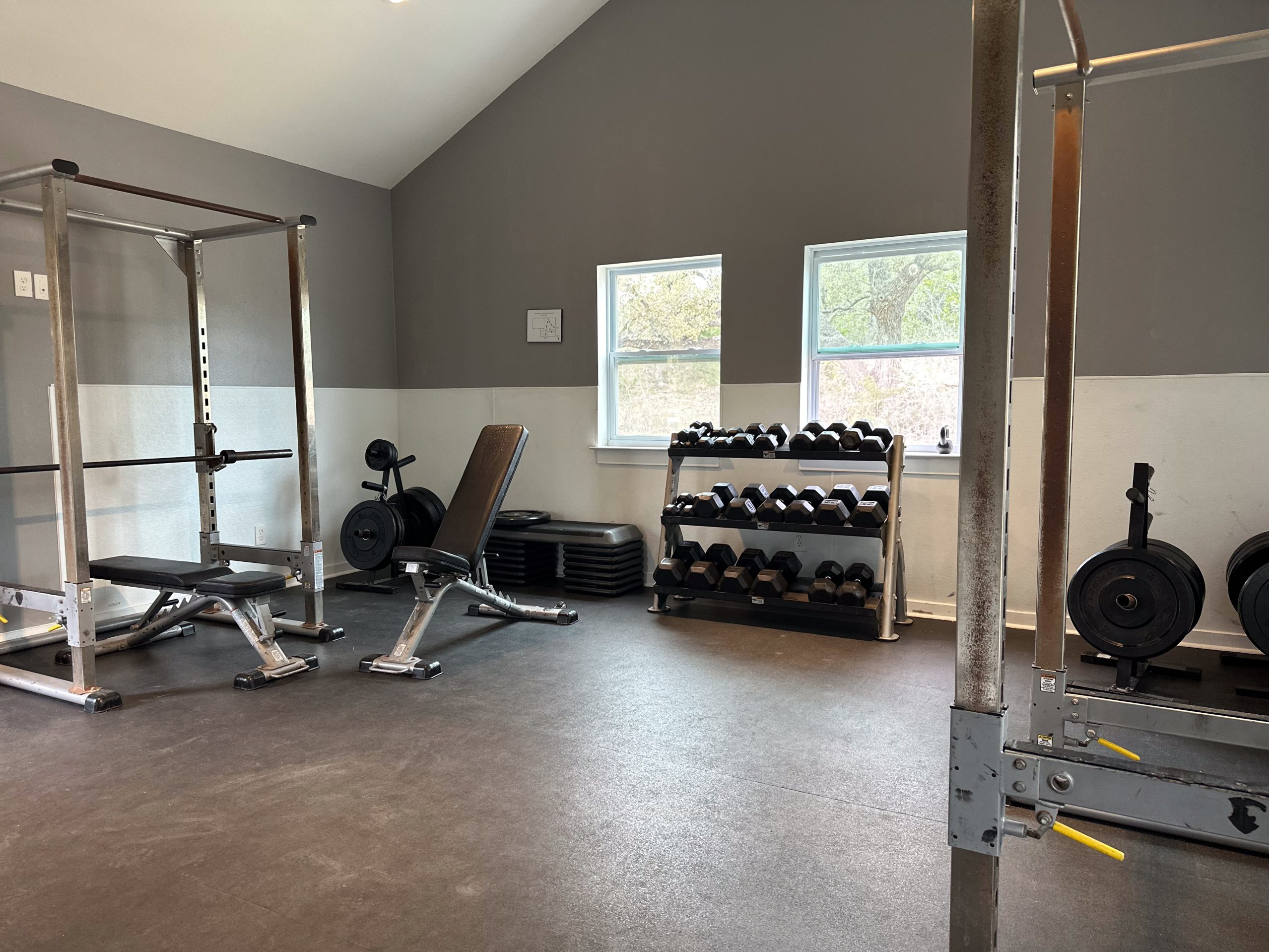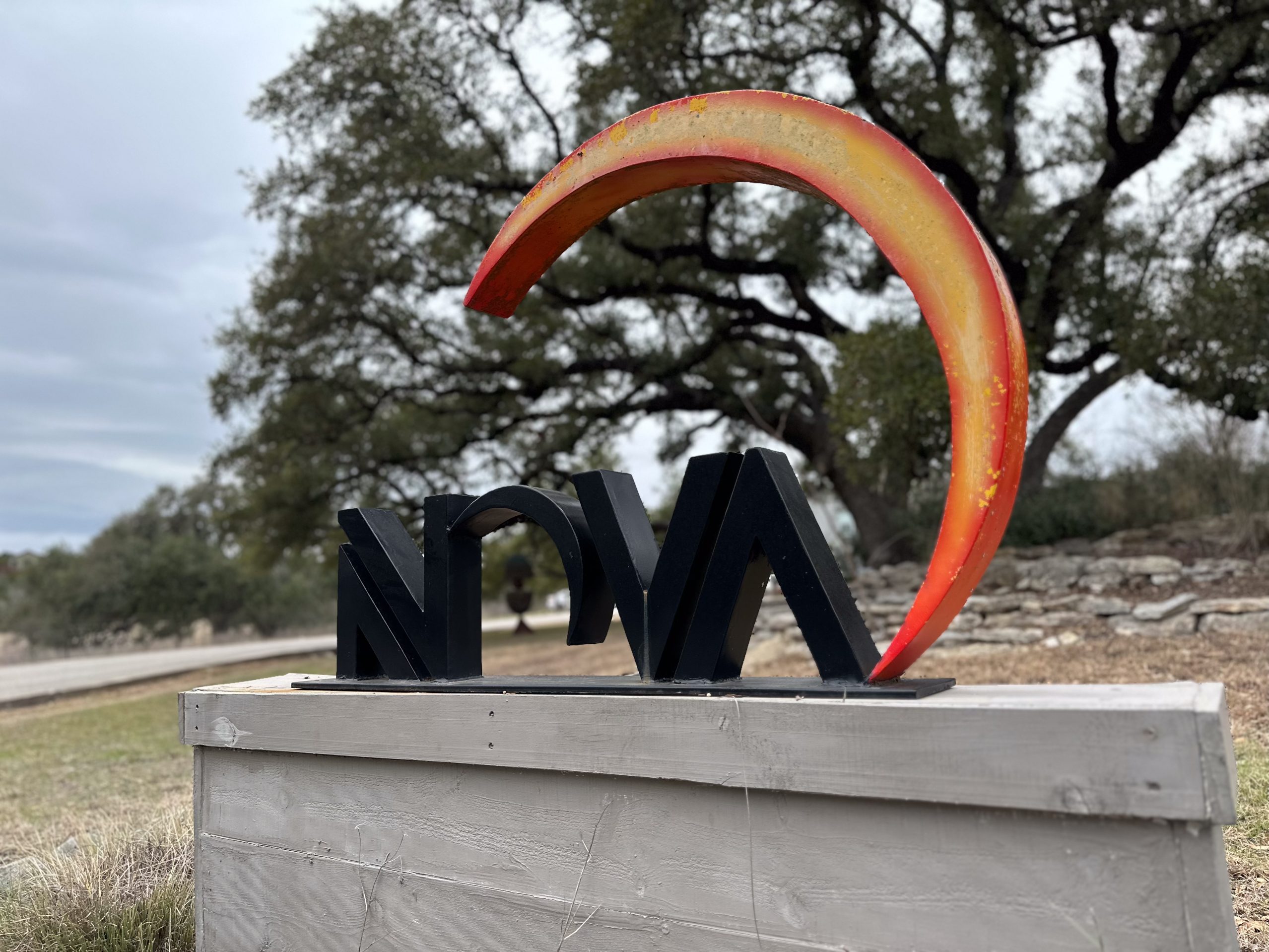Dilaudid Addiction Treatment and Withdrawal Help
GET HELP TODAY!
100% Confidentiality Guaranteed


What Is Dilaudid?
Dilaudid, or hydromorphone, is a powerful prescription opioid used to treat moderate to severe pain. As a central nervous system depressant, it works by attaching to the brain’s opioid receptor, providing strong pain relief and feelings of euphoria. Although effective for pain, Dilaudid is also highly addictive, especially when misused or taken over a long period.
Dilaudid comes in tablets, liquids, and injectable forms. It’s fast-acting and can create intense effects within 15 to 30 minutes. While it plays a critical role in hospital settings, Dilaudid has become a widely misused drug both legally and illegally.
Common Street Names
Some slang terms for Dilaudid include:
- Dillies
- Dust
- Juice
- Smack
- Footballs
These names are often used when the drug is sold on the street, particularly when combined with other illegal drugs.










How Common Is Dilaudid Abuse?
Many people don’t set out to abuse Dilaudid. Some develop dependence after taking it as prescribed. However, even short-term use can lead to addiction substance behaviors, especially in individuals with a history of alcohol use disorders or mental illness.
According to the National Institute on Drug Abuse, prescription opioid misuse is a widespread issue in the United States. Dilaudid misuse includes:
- Taking higher doses than prescribed
- Using someone else’s prescription
- Taking the drug for the purpose of getting high
- Using it with alcohol or other drugs
These behaviors increase the risk of overdose and serious medical conditions.
Side Effects of Dilaudid Abuse
Dilaudid use can cause many side effects, even when taken as prescribed. Short-term side effects may include:
- Drowsiness
- Nausea or vomiting
- Euphoria
- Restlessness
- Low blood pressure
- Slow breathing
With long-term abuse or higher doses, side effects become more dangerous:
- Memory loss
- Brain damage
- Severe respiratory issues
- Coma or death
The drug is particularly risky when mixed with other prescription medications or illegal substances.
Signs of Addiction
People addicted to Dilaudid may:
- Fake symptoms to get prescriptions
- Visit multiple doctors
- Steal prescriptions from family members
- Spend large amounts of money to obtain the drug
As drug addiction progresses, it often impacts every part of life. Family members might notice sudden mood changes, secretive behavior, or declining performance at work and school. These are clear signs that professional treatment is needed.
Dilaudid Withdrawal Symptoms
Stopping Dilaudid suddenly can lead to painful and severe withdrawal symptoms. These may include:
- Cold sweats
- Muscle pain
- Insomnia
- Diarrhea
- Nausea
- High blood pressure
- Increased heart rate
These symptoms—including emotional distress—often make quitting without help very difficult.
Dilaudid Withdrawal Timeline
The dilaudid withdrawal timeline depends on the length and severity of use but generally follows this pattern:
- 0–12 hours: Anxiety and restlessness begin.
- Day 1–2: Peak symptoms like muscle cramps, chills, and nausea occur.
- Day 3–4: Physical symptoms start to ease but sleep issues and cravings may continue.
- Day 5–15: Some people experience lingering symptoms including depression and irritability.
The duration of symptoms including insomnia or mood changes may vary based on medical history and the presence of any mental health condition.
Why Medical Detox Is Essential
Detox is the first step toward recovery. Medical detox offers a safe place for people to stop using Dilaudid with professional support. Medical care is available 24/7 to treat withdrawal symptoms and reduce risks.
A full assessment is done at the start of the program. This helps the team create a treatment plan that matches the client’s physical and mental health condition. For those with occurring mental health conditions or dual diagnoses, medical assistance can address both issues at once.
Medical detox ensures:
- A safe environment
- Round-the-clock supervision
- Support for both physical and emotional symptoms
Trying to detox alone increases the risk of relapse or severe complications.
Inpatient vs. Outpatient Drug Rehab
After detox, clients can enter an addiction treatment program. The two main options are inpatient drug rehab and outpatient drug rehab.
Inpatient Drug Rehab
In inpatient programs, clients live at the rehab center full-time. These programs offer a high level of care, including:
- Daily therapy sessions
- Support groups
- Fitness activities
- Life skill classes
This environment helps people stay focused on recovery and avoid distractions or triggers. It’s especially helpful for those with severe addiction or unstable home environments.
Outpatient Drug Rehab
Outpatient programs offer more flexibility. Clients attend therapy sessions several times a week but live at home. This allows them to continue work and family responsibilities while receiving treatment.
Outpatient rehab is best for people with mild addiction and strong support systems. These programs still offer structured care, including therapy and peer support.
Each person’s level of care should match their needs, risks, and recovery goals.
More Time. More Joy. More You. Start Now.
WE ACCEPT MOST INSURANCES







Treatment Options After Detox
Effective dilaudid addiction treatment includes more than detox. Long-term recovery often requires ongoing care and support. Treatment options may include:
- Behavior therapy: Helps clients change thinking and behavior patterns.
- Support groups: Provides peer encouragement and accountability.
- Medication-assisted treatment: May include medication to reduce cravings and prevent relapse.
- Case management: Offers help with work and housing issues.
Programs are tailored to address all areas of life impacted by addiction—both physical and emotional.
Long-Term Recovery and Support
Recovery is a process that extends beyond the treatment center. Continued care improves outcomes and supports long term recovery.
Sober Living Homes
Sober living programs offer a bridge between treatment and independent living. These homes provide structure, safety, and support. Residents must follow rules, attend meetings, and participate in community activities.
Regular drug and alcohol testing helps residents stay accountable. These homes are ideal for anyone needing more time to stabilize before returning home.
Aftercare Programs
Aftercare programs help clients maintain progress after formal rehab. Weekly group meetings focus on relapse prevention, goal setting, and peer support. Led by a counselor, these sessions encourage ongoing growth and reduce the risk of relapse.
Many aftercare programs also include educational resources and help with employment or housing.
Risk Factors for Dilaudid Addiction
Some people are more likely to develop addiction. Common risk factors include:
- Family history of addiction
- Early use of prescription opioids
- Co-occurring mental illness
- Chronic pain or trauma
- Lack of support
These factors—including medical conditions—should be considered when creating an individualized treatment plan.
Freedom Starts Here. Take Back Your Life Today.
Same-Day Admissions in Austin Available.
The Importance of Professional Help
Trying to quit Dilaudid alone is not only hard—it can be dangerous. Recovery works best with structure, accountability, and professional guidance. A comprehensive treatment plan combines detox, therapy, support, and relapse prevention.
A high-quality treatment service will focus on the full person, not just the drug. By offering physical, mental, and emotional care, these programs provide the tools needed to live a healthier, sober life.
Other Outpatient Drug and Alcohol Rehab Locations
Frequently Asked Questions About Dilaudid (Hydromorphone) Addiction and Recovery
What are the most addictive painkillers?
The most addictive painkillers include opioids such as oxycodone, hydromorphone (Dilaudid), morphine, and fentanyl. These drugs act quickly on the brain’s opioid receptors, creating intense euphoria and a high risk of dependence.
Is Dilaudid as addictive as oxycodone?
Yes, Dilaudid is considered as addictive as oxycodone, and in some cases, even more potent. Both are Schedule II narcotics with a high risk for abuse, dependence, and severe withdrawal symptoms if misused.
How long do Dilaudid withdrawals last?
Dilaudid withdrawal symptoms typically begin within 6–12 hours after the last dose, peaking around 48–72 hours. While the acute phase may last 7–10 days, lingering symptoms such as cravings, anxiety, and sleep problems can persist for weeks.
Can your brain recover from opioid addiction?
Yes, with time and professional treatment, the brain can recover from opioid addiction. Neuroplasticity allows the brain to rebuild pathways once drug use stops, especially with medical detox, behavioral therapy, and long-term support.
What are the withdrawal symptoms of hydromorphone?
Hydromorphone withdrawal symptoms may include nausea, sweating, anxiety, insomnia, muscle aches, diarrhea, irritability, and intense cravings. Medically supervised detox is the safest way to manage these symptoms.
What are the long-term effects of hydromorphone?
Long-term use of hydromorphone can lead to physical dependence, tolerance, and addiction. It may also cause mood disorders, cognitive decline, liver or kidney strain, and an increased risk of overdose.
Is hydromorphone a high-risk drug?
Yes, hydromorphone is a high-risk opioid because of its potency and fast-acting effects. Misuse can quickly lead to overdose and respiratory depression, making it one of the most dangerous narcotic painkillers if not taken as prescribed.
What is painkiller addiction?
Painkiller addiction occurs when a person loses control over opioid use, develops cravings, and continues to use despite harmful consequences. It is both a physical and psychological condition that requires comprehensive treatment.
Why are narcotics addictive?
Narcotics are addictive because they flood the brain with dopamine, producing powerful feelings of pleasure. Over time, the brain adapts, requiring higher doses to feel the same effect, which leads to dependence and addiction.
What does painkiller addiction feel like?
People struggling with painkiller addiction often feel intense cravings, anxiety, mood swings, and withdrawal when not using. Many describe it as being trapped in a cycle of needing the drug just to feel “normal.”
How do opioid addicts behave?
Behavioral signs of opioid addiction may include secrecy, social withdrawal, changes in sleep or appetite, financial problems, doctor shopping, and mood swings. These behaviors often worsen as addiction progresses.

